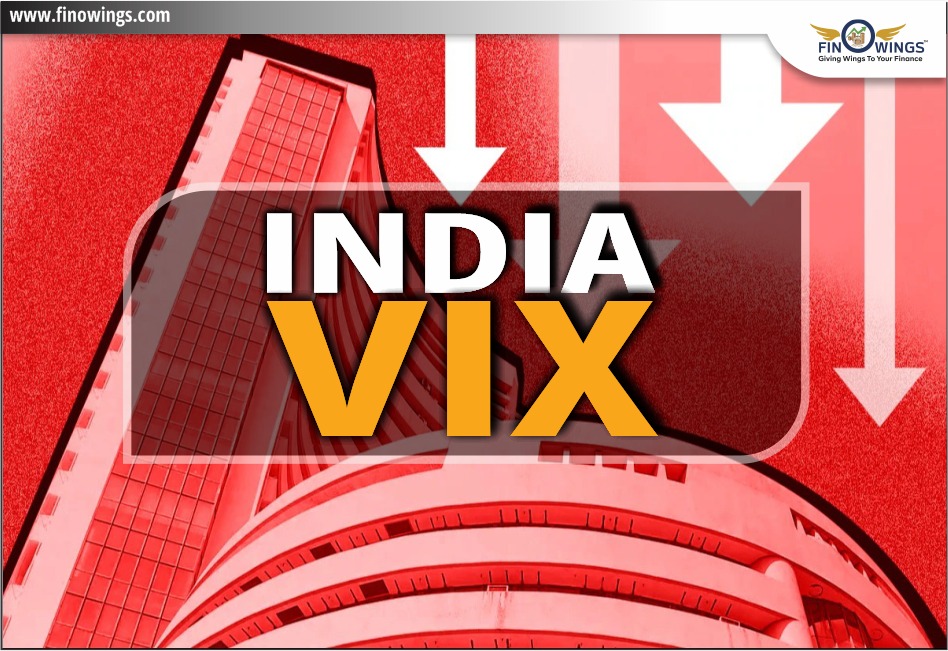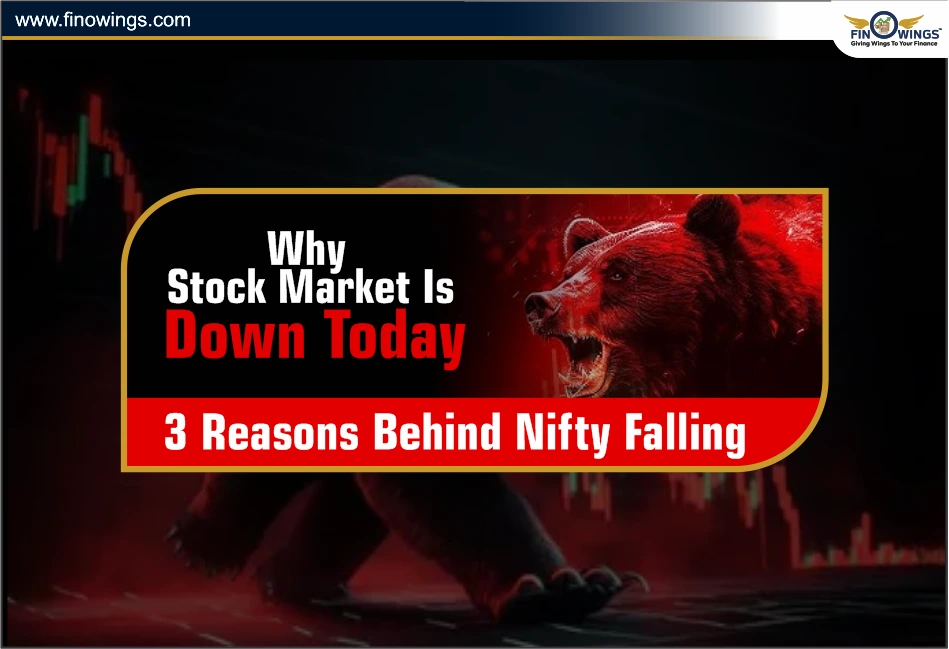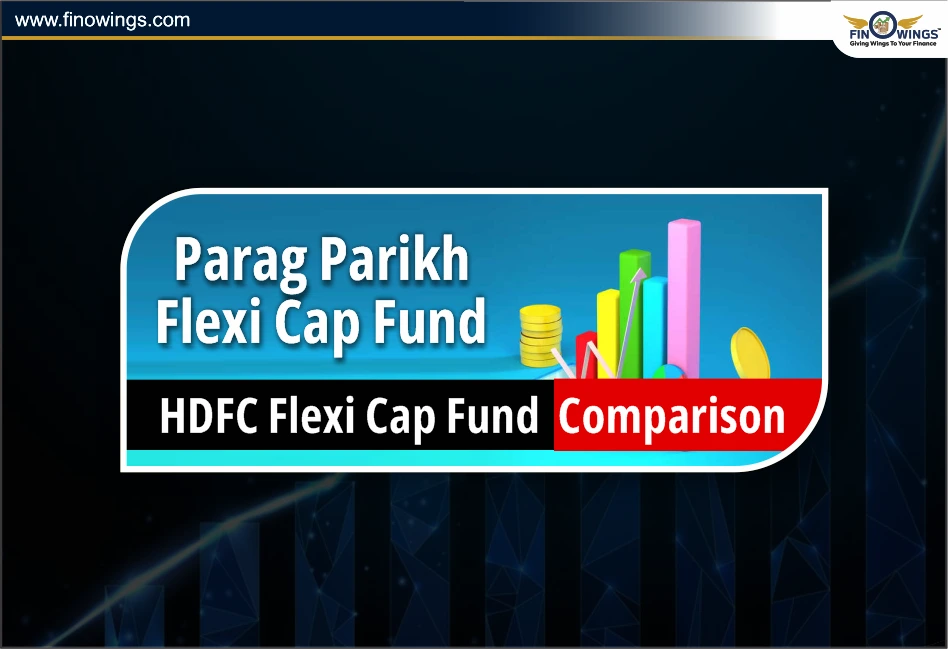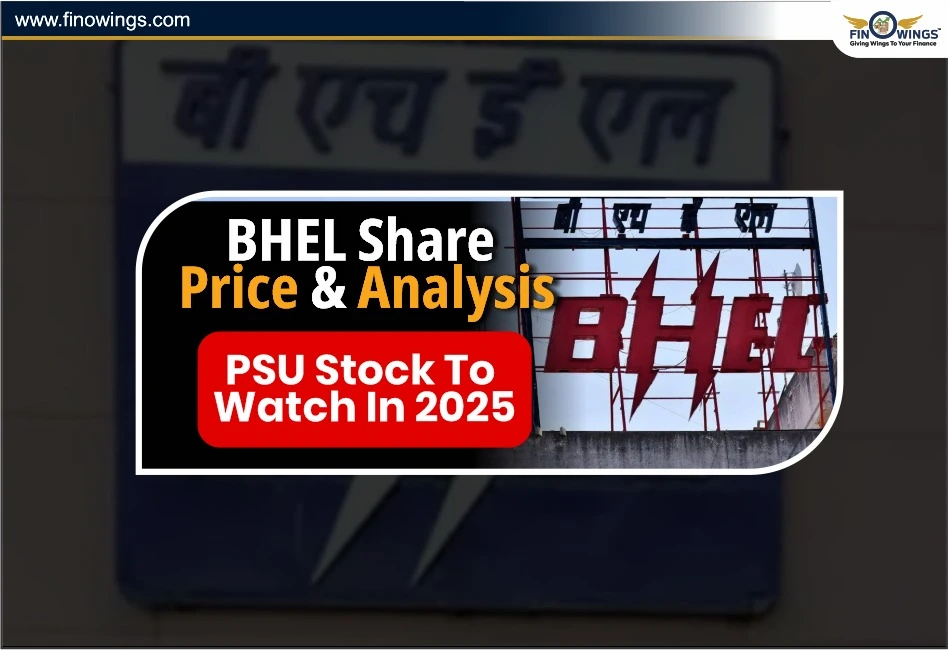Home >> Blog >> India Vix Record Crash | Its Impact on Nifty & Stock Market
India Vix Record Crash | Its Impact on Nifty & Stock Market

Table of Contents
The Changing Landscape of India VIX
In the dynamic world of the Indian stock market, the India VIX (Volatility Index) has been a crucial indicator, shedding light on the overall sentiment and volatility within the market. Recently, this key metric has undergone a significant shift, touching its lowest level in over a month and trading in single digits for the past few weeks. This sudden drop has sparked a sense of unease among traders, leading them to question the implications and the potential impact on the market.
What is India VIX?
India VIX, also known as the "Volatility Index," is a measure that reflects the market's expectation of volatility based on index options prices. It serves as a barometer for the overall fear and uncertainty prevailing in the market. When the India VIX rises, it indicates increased market volatility and heightened investor anxiety, while a decline in the index suggests a more stable and confident market environment.
Detailed Video
The Significance of India VIX for Traders
For traders, particularly those engaged in options trading, the India VIX holds immense value. It provides a valuable range that can facilitate effective trading strategies. When the India VIX is trading in single digits, it suggests a relatively low-volatility environment, where options premiums are typically lower. This scenario can be advantageous for traders who prefer to take a more aggressive approach, as they can potentially capitalize on the reduced options premiums.
Analyzing the Factors Behind the India VIX Crash
The recent plunge in the India VIX can be attributed to a combination of factors. Firstly, the geopolitical tensions between Israel and Iran have shown signs of cooling down, reducing the overall sense of uncertainty in the market. This shift in the global landscape has contributed to the decline in the India VIX.
Additionally, the upcoming elections in India have also played a role in the VIX's behavior. Historically, it has been observed that the India VIX tends to cool off after elections, as the market gains a sense of stability and predictability. In the current scenario, with the ruling political party maintaining its dominance, there is a perception of continuity, which has further contributed to the decline in the India VIX.
Another factor contributing to the India VIX's drop is the recent reduction in the lot size of the Nifty index. This change has led to increased participation from retail investors, which has, in turn, impacted the bid-ask spread of out-of-the-money (OTM) options. As a result, the India VIX has experienced a cooling-off period.
Navigating the Market with India VIX
Leveraging the India VIX for Trading Decisions
While the India VIX is a valuable tool for traders, it should not be the sole basis for making trading decisions. It is essential to consider a range of factors, including market trends, economic indicators, and company-specific news, to make informed trading choices.
When the India VIX is trading in single digits, it suggests a low-volatility environment, where options premiums are typically lower. This scenario can be advantageous for traders who prefer to take a more aggressive approach, as they can potentially capitalize on the reduced options premiums.
Conversely, when the India VIX is trading at higher levels, typically above 14, it signals a heightened sense of uncertainty and fear in the market. In such scenarios, options premiums tend to be higher, making them more attractive for sellers who can potentially benefit from the increased volatility.
Incorporating India VIX into a Comprehensive Trading Strategy
While the India VIX is a valuable tool, it should not be the sole basis for trading decisions. Successful traders often incorporate the India VIX as one of the many factors they consider when developing their trading strategies. By analyzing the India VIX in conjunction with other market indicators, economic data, and company-specific information, traders can gain a more comprehensive understanding of the market's dynamics and make more informed trading choices.
Conclusion
The recent drop in the India VIX has sparked a renewed interest among traders, as they navigate the ever-evolving landscape of the Indian stock market. By understanding the significance of the India VIX, its implications for trading strategies, and the factors driving its fluctuations, traders can better position themselves to capitalize on the opportunities presented by the market's volatility. As with any trading approach, it is essential to maintain a balanced and diversified strategy, incorporating the India VIX as one of the many tools in the trader's arsenal.
Disclaimer: This Stock Analysis is only for informational purposes and should not be considered as investment advice. Always do your research and consult with a financial advisor.
Want to start Your Journey in stock market trading and investment? Join our Stock Market Class to become beginner to expert trader! We cover everything from the basics of trading to advanced strategies for picking stocks. Plus, we're offering a special discount for women and students. Don't miss out - enroll now and kickstart your path to success in the stock market!
Open a world of Stock Market by Opening a Demat Account with your favourite Broking firm & Get a trading Strategy worth Rs.15,000!
Frequently Asked Questions
The India VIX, or Volatility Index, reflects the market's expectation of future volatility based on index options prices. It acts as a gauge for investor fear and uncertainty. A higher VIX indicates a more volatile and anxious market, while a lower VIX suggests a calmer and more confident environment.
While a low VIX typically points to a stable market, the recent plunge has some traders worried. It's a significant change from the usual trend, and they're unsure of the potential impact.
Several factors might be at play. Easing geopolitical tensions, the outcome of recent elections indicating stability, and a change in the size of the Nifty index are all believed to have contributed to the VIX's decline.
The VIX is a valuable tool, but it shouldn't be the only factor considered. Look at market trends, economic indicators, and company news alongside the VIX for a well-rounded view. A low VIX suggests lower options premiums, which can be attractive for aggressive traders. Conversely, a high VIX might benefit options sellers due to higher premiums.
The VIX is one piece of the puzzle. Successful traders consider it along with other market signals, economic data, and company-specific information to develop a comprehensive trading strategy. This holistic approach helps them understand market dynamics and make informed choices.





















